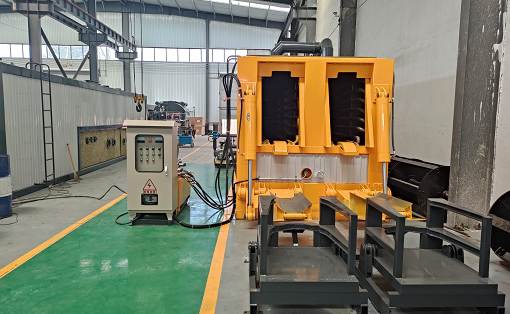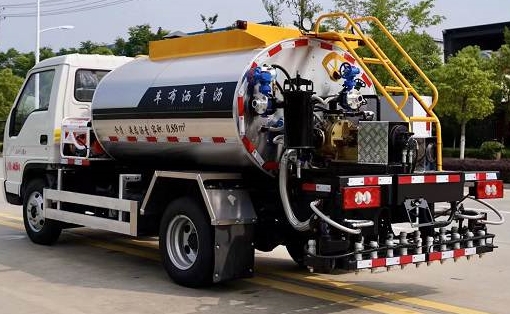Analysis of the heating principle of asphalt decanter equipment
The heating principle of asphalt decanter equipment is to heat, melt and decanter the asphalt through the heating plate. It is mainly composed of de-barreling box, lifting system, propeller and electrical control system.
The box of asphalt decanter plant is divided into upper and lower chambers. The upper chamber is the asphalt melting chamber, which is densely covered with heat transfer oil heating coils or hot air heating pipes. The asphalt is melted and removed from the barrel by heat. The hoisting hook is installed on the gantry, and a barrel grabber is hung. The asphalt barrel is lifted by the electric winch, and then the asphalt barrel is placed on the guide rail by horizontal movement. Then the propeller pushes the barrel into the upper chamber through two guide rails, and an empty barrel is pushed out at the rear end outlet.
An anti-drip oil tank is provided at the entrance of the asphalt barrel. The asphalt enters the lower chamber of the box and is continuously heated to a temperature of about 100 to be transported, and then pumped into the asphalt tank by the asphalt pump. The lower chamber can also be used as an asphalt heating tank.
The asphalt decanter plant has the characteristics of not being restricted by the construction environment, strong adaptability and extremely low failure rate. If large production is required, multiple units can be assembled.
The heating principle of asphalt decanter equipment is to heat, melt and decanter the asphalt through the heating plate. It is mainly composed of de-barreling box, lifting system, propeller and electrical control system.
The box of asphalt decanter plant is divided into upper and lower chambers. The upper chamber is the asphalt melting chamber, which is densely covered with heat transfer oil heating coils or hot air heating pipes. The asphalt is melted and removed from the barrel by heat. The hoisting hook is installed on the gantry, and a barrel grabber is hung. The asphalt barrel is lifted by the electric winch, and then the asphalt barrel is placed on the guide rail by horizontal movement. Then the propeller pushes the barrel into the upper chamber through two guide rails, and an empty barrel is pushed out at the rear end outlet.
An anti-drip oil tank is provided at the entrance of the asphalt barrel. The asphalt enters the lower chamber of the box and is continuously heated to a temperature of about 100 to be transported, and then pumped into the asphalt tank by the asphalt pump. The lower chamber can also be used as an asphalt heating tank.
The asphalt decanter plant has the characteristics of not being restricted by the construction environment, strong adaptability and extremely low failure rate. If large production is required, multiple units can be assembled.


































